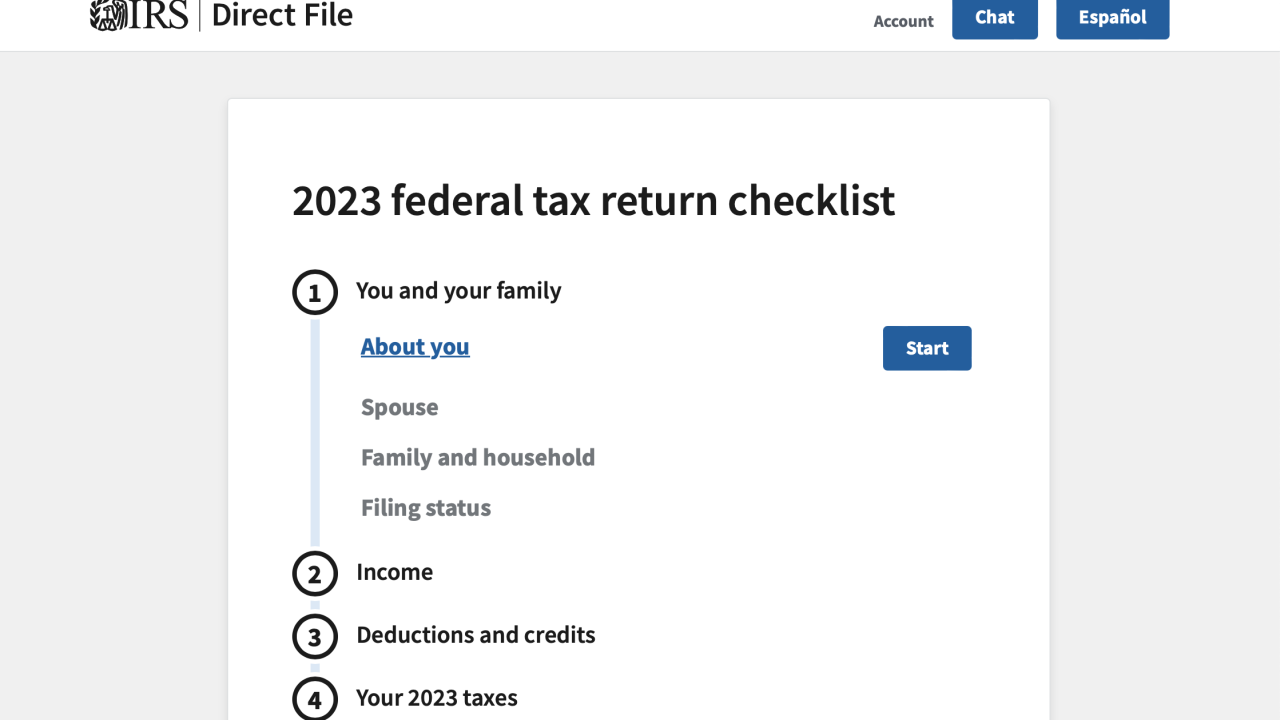IMGCAP(1)]As the pace of serious discussions on tax reform picks up, it is evident that small businesses and global multinationals are making their voices heard, while the middle market is getting lost in the shuffle.
“The small business community has gotten very well organized over the years,” said Dave Kautter, partner in charge, Washington National Tax, McGladrey LLP. “It has a lot of supporters, and rightly so. More than half of the new jobs created in the new economy were created by small businesses. In addition, they have their own trade groups and business associations. On the other side of the spectrum, global multinationals have plenty of resources to make their voices heard, both in terms of who they hire and their own internal resources.”
“The group that hasn’t been well organized over the years has been the middle market companies,” said Kautter, who authored an
“The challenge for them is that they have not had a voice in tax reform debates or in many of the debates that occur on Capitol Hill,” he added. “The debates end up focusing on the extremes—small and large.”
As a result the current debate over tax reform needs to be watched closely by middle-market companies, according to Kautter. He listed four critical decisions regarding tax reform that middle-market companies need to be aware of.
The first decision relates to process, he said, is “specifically whether tax reform will move forward as part of budget reconciliation or as part of the regular legislative process.”
Since the Republican leadership has decided not to use the reconciliation process for tax reform, Kautter noted, the process will probably move forward at an unpredictable pace, most likely dragging into next year and probably beyond.
The next critical decision regards the scope of tax reform—whether it will encompass only business or both business and individual reform, and whether business reform will focus on only corporate reform or both corporate and pass-through reform.
Corporate reform that lowers the tax rate for corporations but leaves intact the individual rates could end up lowering the tax rate for huge corporations at the expense of small flow-through companies, Kautter observed.
“In essence, what would happen is they would pay for a corporate rate reduction because they would lose deductions and credits, which would increase revenue, and that revenue would be used to reduce the corporate rate,” he said. “Corporations would see their tax rate reduced below its current 35 percent level while earnings of flow-through businesses would continue to be taxed at rates as high as 39.6 percent.”
The third critical decision is how to tax foreign earnings. On this issue, Democrats and Republicans are far apart. Republicans want a territorial system, while the Obama administration wants to not only keep the current worldwide system but strengthen it with a minimum tax, Kautter noted.
“Most of the major developed economies use a territorial system, which means earnings are only taxed in the country in which they are earned,” he said. “The U.S. is the only developed economy that uses the worldwide system. Since the competition for U.S. companies is headquartered in the major developed economies, the U.S. companies find themselves at a competitive disadvantage to their foreign-headquartered competitors. That’s the reason for corporate inversions.”
The last of the major decisions on tax reform is whether it should raise revenue or be revenue neutral, Kautter said. “The Republican view is revenue neutrality, and the Democrats’ view is that it should raise revenue. This is not a difference that is easily bridged.”
“Even those most closely involved with tax reform admit that they do not know what will happen,” he said. “The road to tax reform is likely to be a long and tortuous one filled with potholes for the middle market.”





